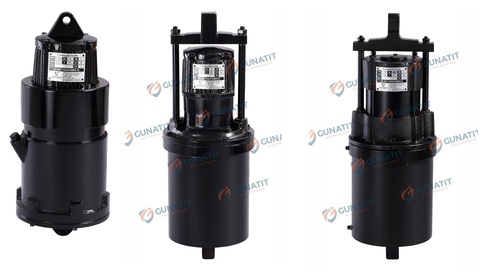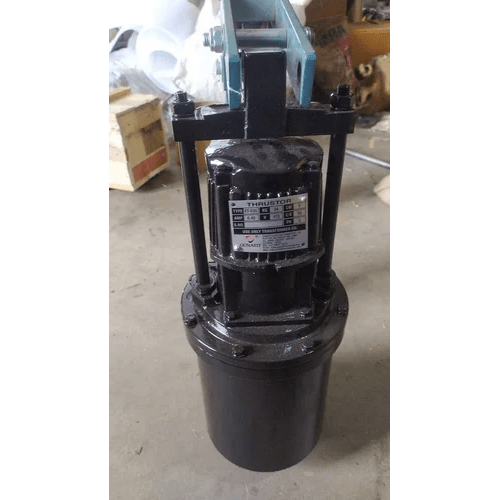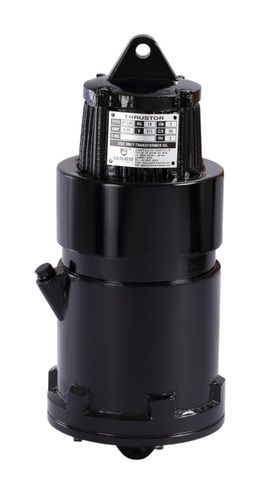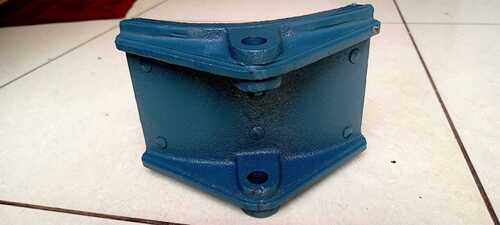

Electro Hydraulic Thrusters
Product Details:
- Usage Industrial
- Color Black
- Condition New
- Operating Mode Manual
- Power Supply Electric
- Voltage 440 Volt (v)
- Click to view more
Electro Hydraulic Thrusters Price And Quantity
- 5 Number
Electro Hydraulic Thrusters Product Specifications
- Industrial
- New
- Manual
- Black
- 440 Volt (v)
- Electric
Electro Hydraulic Thrusters Trade Information
- mundra , india
- Paypal Cash Advance (CA) Cash in Advance (CID)
- 100 Number Per Month
- 2-3 Days
- Yes
- Sample costs shipping and taxes has to be paid by the buyer
- CARTOON BOX PACKING
- Asia Australia Central America North America South America Eastern Europe Western Europe Middle East Africa
- All India
- AN ISO 9001 : 2008 CERTIFIED COMPANY
Product Description
Electro-hydraulic thrusters are devices that convert electrical signals into hydraulic force or motion. These thrusters are commonly used in various industrial applications where precise and controlled linear or rotary motion is required. They play a crucial role in systems like hydraulic brakes, clutches, and other applications where hydraulic force is needed.
Here's a breakdown of the key components and functions of electro-hydraulic thrusters:
1. Electrical Input:
Electro-hydraulic thrusters are typically powered by electrical signals. This can be in the form of voltage or current supplied to the device.
2. Electromagnetic Coil:
The electrical input is usually connected to an electromagnetic coil within the thruster. When an electrical current passes through the coil, it generates a magnetic field.
3. Armature:
The magnetic field produced by the coil interacts with an armature, which is a movable component within the thruster. This interaction causes the armature to move in response to the electrical input.
4. Hydraulic System:
Connected to the armature is a hydraulic system. The movement of the armature is used to control the flow of hydraulic fluid within the system.
5. Piston/Cylinder Mechanism:
The hydraulic force generated by the movement of the armature is often used to actuate a piston or cylinder mechanism. This hydraulic force is then translated into linear or rotary motion, depending on the specific application.
Applications of Electro-hydraulic thrusters:
Electro-hydraulic thrusters find applications in various industries. They are commonly used in industrial machinery, hydraulic presses, braking systems (such as those in heavy machinery and trains), and other systems where precise control of hydraulic force and motion is essential.
Electro-hydraulic thrusters Advantages:
1. Precise Control: Electro-hydraulic thrusters allow for precise and proportional control of hydraulic force and motion.
2. Remote Operation: They can be controlled remotely through electrical signals.
3. Reliability: These systems are known for their reliability and durability in industrial settings.

Price:
- 50
- 100
- 200
- 250
- 500
- 1000+
 08045801632
08045801632
 English
English Spanish
Spanish French
French German
German Italian
Italian Chinese (Simplified)
Chinese (Simplified) Japanese
Japanese Korean
Korean Arabic
Arabic Portuguese
Portuguese






 Send Inquiry
Send Inquiry Send SMS
Send SMS
